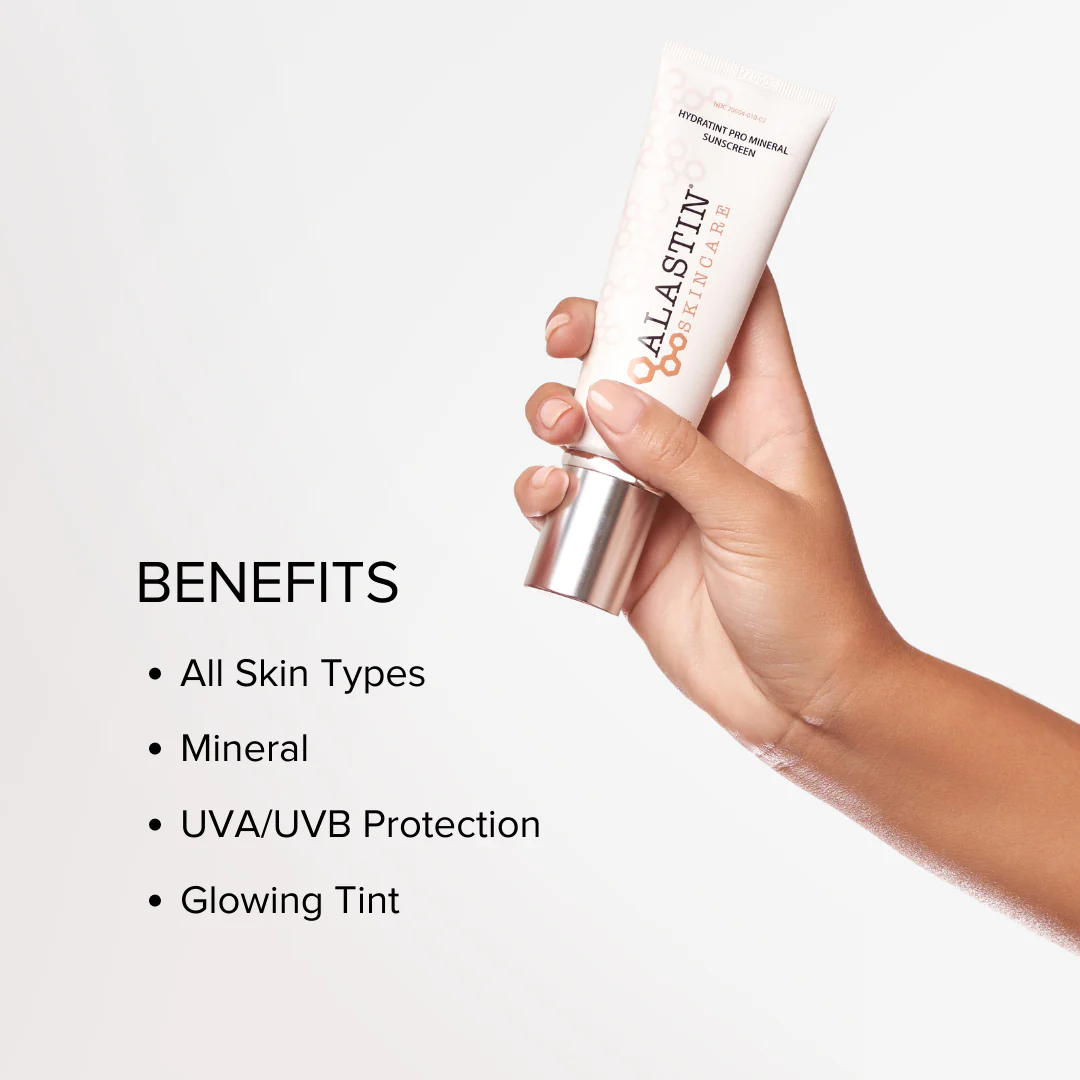Achieving an Even Skin Tone: Tips and Tricks to Fade Hyperpigmentation on Your Face
- Anna Mender
- Jan 8, 2024
- 3 min read

I'm increasingly getting inquiries about pigmentation. The process of pigmentation is a intricate biochemical one that takes place in the skin. Numerous factors can disrupt the natural progression of this process. Gaining a deeper understanding of it will assist in eliminating pigmented spots. Additionally, you can address this issue through at-home care.
Understanding the Process of Hyperpigmentation
Within the body, there exists a pigment responsible for the color of the skin, eyes, hair, and even the intensity of a tan. This pigment is known as melanin. Its primary role is to protect the skin from the damaging effects of ultraviolet radiation and free radicals. Additionally, melanin participates in various biochemical reactions.
Melanin is produced by pigment cells called melanocytes, which are highly sensitive and somewhat unpredictable structures. They wait and then react to any negative influences, such as inflammation, mechanical irritation, internal diseases, hormonal imbalances, or procedures that involve skin trauma. However, the main stimulus for melanin synthesis in melanocytes is ultraviolet radiation.
How to Eliminate Facial Pigmentation
Until recently, it was believed that the most effective way to reduce melanin formation was to block the enzyme tyrosinase. However, practical experience showed that after blocking this enzyme, other mechanisms within the cell are activated, leading to further melanin distribution in the skin.
Therefore, contemporary researchers in the field of cosmetic science suggest that effective reduction of melanin synthesis requires addressing multiple factors simultaneously.
There are seven ways to combat facial pigmentation, ranging from blocking the processes that lead to excessive melanin formation to normalizing psychoemotional well-being. At each stage, we can intervene to halt the processes that contribute to melanin overproduction, allowing us to effectively eliminate pigmentation.
Whitening through Melanocyte Cell Disruption
One approach is to exert a destructive effect on melanocytes, responsible for pigment coloring, using a well-known agent called hydroquinone. While hydroquinone is the most effective globally, it is also the most toxic and banned in several countries. Safer alternatives with similar mechanisms include arbutin and kojic acid.
It's crucial to avoid products containing these substances, as they may bleach the skin and, ironically, lead to melanogenesis.
Opt for alternatives that gradually restore the skin's natural tone while ensuring safety and providing anti-aging benefits.
Blocking the Tyrosinase Enzyme
Tyrosinase, an enzyme involved in melanin synthesis, is considered a key factor in hyperpigmentation. Vitamin C is a powerful agent for inhibiting this enzyme's activity. Ensure the product contains a stabilized form of vitamin C for optimal resistance to light and oxygen.
Recommended products include:
Blocking Melanocyte Transport to Keratinocytes
Skin pigmentation can also result from processes unrelated to melanin production. Niacinamide, known as Vitamin B3, disrupts melanin transport from deep skin layers to the surface. Find niacinamide in Ultraceuticals and Hydropeptide products:

Having blocked pigment formation mechanisms, the focus shifts to addressing existing pigmentation within epidermal skin cells.
Skin Lightening through Acidic Exfoliation
Differentiating from whitening, skin lightening involves removing excess pigment from the skin's surface. Acidic exfoliation using glycolic, lactic, salicylic acids, etc., can achieve this. Look for products with a combination of acids for controlled skin damage and efficient regeneration.
Recommended procedure: VI Peel
VI Peel is a renowned chemical peel designed for brightening the skin. This advanced formulation utilizes a blend of powerful ingredients to target pigmentation, uneven skin tone, and signs of aging. The VI Peel is effective in exfoliating the skin, promoting cell turnover, and revealing a brighter, more radiant complexion. It's a versatile solution suitable for various skin types and concerns, offering a noticeable improvement in skin texture and luminosity. Experience the transformative effects of VI Peel for a refreshed and revitalized glow. Book your treatment now.

5. Inflammation Blockage
Inflammatory processes in the skin can damage immune cells and melanocytes, intensifying melanogenesis. Peptides can mitigate inflammation, preventing excessive pigment production.
Proper SPF Protection. SPF protection is your shield against hyperpigmentation. Sun exposure triggers melanin production, leading to dark spots and uneven skin tone. By consistently using SPF, you create a barrier that safeguards your skin from harmful UV rays, preventing the onset and worsening of hyperpigmentation. Make SPF a daily essential for a brighter, more even complexion.
Blocking Psychosomatic Factors – Cortisol Hormone Reduction
Remember, you can and should combat pigmentation. Any treatment should be complemented by proper skincare.
Meet Anna Mender, FNP-BC.

Highly skilled master injector and board-certified practitioner in aesthetic medicine. With a wealth of expertise in women's health, she brings a unique understanding of the intersection between aesthetics and overall well-being. Known for precision and artistry in injectables, Anna combines her medical proficiency with a keen eye for natural enhancements. Clients trust her for personalized, results-driven treatments that harmonize beauty and health, making her a sought-after authority in the field. Anna is conveniently located to service South Florida areas of Parkland, Boca Raton, Coconut Creek, Coral Springs, Pompano Beach, Deerfield Beach, and others...





Comentários